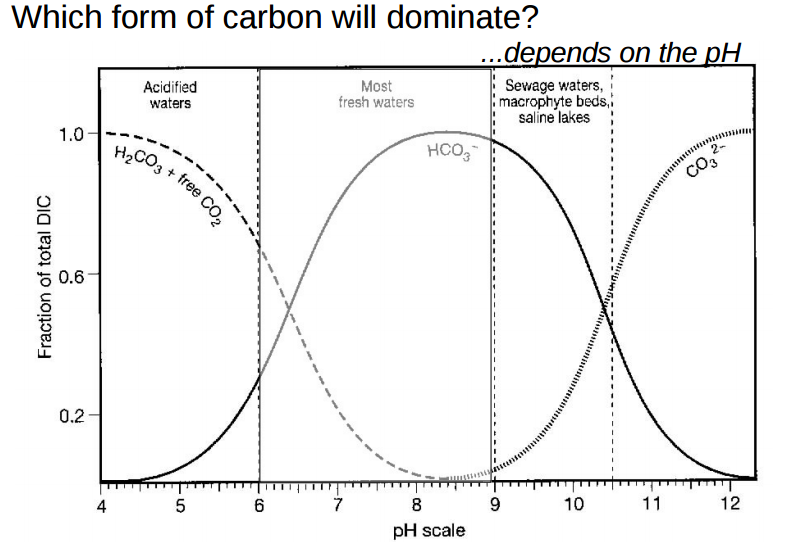Dim
Member
- Joined
- Jan 10, 2020
- Messages
- 5
- Reaction score
- 1
Hi,
I am trying to square the circle between theory and reality and get my maths right. I have gone through many, many previous threads but nothing seems to be able to explain the delta that I am seeing.
Looking at the technical product sheet of Murphy & Son's Lactic Acid (80%), I can see the following statement:
I am trying to square the circle between theory and reality and get my maths right. I have gone through many, many previous threads but nothing seems to be able to explain the delta that I am seeing.
Looking at the technical product sheet of Murphy & Son's Lactic Acid (80%), I can see the following statement:
6 ml of LACTIC ACID per hl reduces the alkalinity by 16 mg/litre (ppm)
According my calculations, adding 6 ml of 80% lactic acid to 100L of water should reduce (HCO3) alkalinity by ~39 ppm. Here's how I would calculate this:
- The density of 80% lactic is ~1.2 g/mL
- The pure acid weight can be calculated as: 6 ml × 80% × 1.2 g/mL = 5.76g
- Lactic has an equivalent weight of 90.08g.
- 5.76 g ÷ 90.08 g/Eq ÷ 100L = 0.000639 Eq/L
- HCO3 has an equivalent weight of 61.02g.
- The amount of HCO3 that can be neutralised is: 0.000639 Eq/L × 61.02 g/Eq ~ 0.039 g/L ≙ 39 ppm














































![Craft A Brew - Safale BE-256 Yeast - Fermentis - Belgian Ale Dry Yeast - For Belgian & Strong Ales - Ingredients for Home Brewing - Beer Making Supplies - [3 Pack]](https://m.media-amazon.com/images/I/51bcKEwQmWL._SL500_.jpg)











